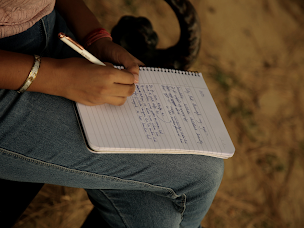The Journey to Ram Mandir Construction: Unraveling 7 Crucial Events
1.Babri Masjid-Ram Janmabhoomi Dispute:
The genesis of the conflict lies in the 16th century, with both Hindus and Muslims claiming ownership of the land in Ayodhya. This dispute laid the foundation for a prolonged legal battle that would span centuries.
2.Case filed in 1949:
A significant turn of events occurred on the night of December 22-23, 1949, when idols of Lord Rama appeared inside the Babri Masjid. This led to the filing of the first case by Gopal Singh Visharad, seeking permission to worship the idols. The case marked the beginning of the legal wrangling over the disputed site.
3.Lock Opening in 1986:
In 1986, the then Chief Minister of Uttar Pradesh, Bir Bahadur Singh, unlocked the gates of the Babri Masjid. This decision, influenced by demands from Hindu groups, intensified the communal sentiments surrounding the disputed site.
4.Babri Mandir Demolition (1992):
One of the darkest chapters in the saga unfolded on December 6, 1992, when a large mob of Hindu activists demolished the Babri Masjid. The demolition triggered widespread communal tensions, riots, and inter-community conflicts across India.
5.Ayodhya Verdict (2010):
The Allahabad High Court's judgment in 2010 attempted to find a middle ground by dividing the disputed land into three parts. This decision allotted portions to the Sunni Waqf Board, Nirmohi Akhara, and the party representing Ram Lalla. However, the resolution remained elusive.
6.Supreme Court Intervention (2019):
The Supreme Court's historic intervention in 2019 marked a turning point. Relying on historical and archaeological evidence, including findings from the Archaeological Survey of India, the court granted the entire disputed land to the Hindu parties. The judgment laid the groundwork for the construction of the Ram Mandir.
7.Bhoomi Pujan (2020):
The culmination of the journey occurred on August 5, 2020, when Prime Minister Narendra Modi performed the Bhoomi Pujan for the construction of the Ram Mandir. The establishment of the Shri Ram Janmabhoomi Teerth Kshetra trust further solidified the commitment to oversee the meticulous construction of the temple.
The journey from the Babri Masjid-Ram Janmabhoomi dispute to the construction of the Ram Mandir has been fraught with legal battles, communal tensions, and significant historical milestones. The events leading to the realization of the temple highlight the resilience of India's judicial system and the delicate balance required to address religious sentiments while upholding the principles of justice and secularism. The Ram Mandir stands not only as a place of worship but also as a symbol of India's ability to navigate complex issues and strive for harmony amid diversity.










Comments